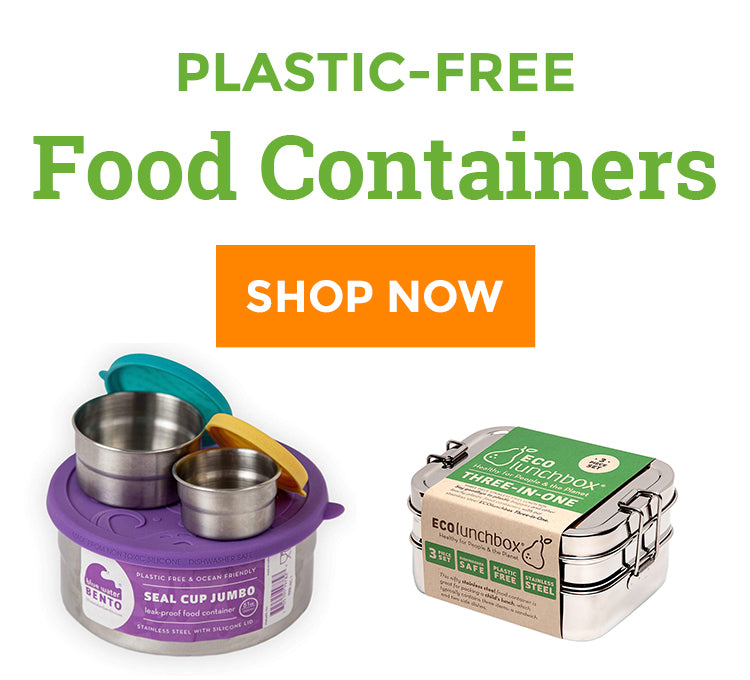History of the Metal Lunchbox

Lunch is a unique meal that often requires a “box.” There’s no breakfast-box, certainly no dinner-box. The lunchbox is at once a timeless and ever-changing symbol of the way we live and eat.
The transformation of the metal lunchbox reflects changes in our society and culture when it comes to eating on the go.
Inspired by everything from Indian tiffin boxes from India and Japanese bento boxes from Japan and throughout Asia to the classic pails used by miners and steelworkers in the U.S., today’s metal ECOlunchboxes have evolved from these traditions to offer school and work lunch packers a lighter-weight and leak-proof way to pack lunch.
The contemporary steel containers we have designed to be packed to offices, schools, co-working environments, even the great outdoors, utilize traditional rugged metal but we have dialed in modern features. For example, ECOlunchbox and Blue Water Bento containers are configured to be used in modular sets, designed to nest for compact storage and topped with leakproof, non-toxic silicone lids desired by the modern consumer.
When we take a peek back in time to look at the lunch boxes and Indian tiffin boxes of days gone by, we can see the roots of the metal lunchbox tradition we are carrying on with our innovative products.
Put a Bird, or Mickey Mouse, On It
There a few things more iconic in America than a boxy metal lunchbox covered in beloved figures from pop culture like the Partridge Family or Knight Rider. The popularity of these items took off in the 50’s, coinciding with the increased popularity of TV.
These funky pails were also statement pieces, much like a vintage concert tee or leather jacket. They reigned supreme until the 80’s, when cheaper molded plastic containers and totes took over.
From the Construction Site to the Cafeteria
The kids lunchbox was a natural evolution of the metal pails used by coal miners and construction workers to protect their meals from the dangers of the job site. Kids took note and refashioned cookie or tobacco tins for their own “lunch boxes.”
The first “official” boxes for kids were introduced in 1902, fashioned to look like picnic baskets. However, bringing lunch to school didn’t take off until after the National School Lunch Act in 1946.
But it wasn’t until the executives at Aladdin Inc. decided to decorate their metal lunch pails with a beloved TV character, that lunchbox popularity took off into the stratosphere.
Before this savvy bit of marketing, there are no need to buy a new lunchbox on the regular, they were simply too durable. Now kids had a reason to covet a new lunchbox every September and thus a new market, and a new collectors item, was born.
Lunchtime Abroad
Metal lunch boxes take on a different look in countries such as India and Thailand. Known a as tiffins or tiffin box, these stacked container towers with clips are perfectly designed to house three or four different items and are easily taken on the train or bike.
In cities like Mumbai, there is a very complex system of hot lunch delivery. Workers known as dabbawalas carry tiffin lunch boxess to and from officers each day. Dabbawala is literally translated to mean “one who carries a box.”
Tiffin boxes are used to transport traditional South-Asian dishes such as rice and curries, while keeping food fresh and warm. Our tiffin lunch box-inspired Tri-Bento and Splash Box stainless steel lunch containers are a homage to this proud culinary tradition!
Today’s Lunch
As our workplaces and schedules become even more varied, so do our lunchtime needs. ECOlunchbox carries on the time-honored tradition of the metal lunchbox and tiffin lunch box with a few notable innovative and eco-friendly tweaks.
Taking inspiration from the historical metal lunch boxes and tiffin box lunch boxes used over the centuries, and tips we learned from our grandparents, we have developed new designs that are meeting the needs of modern, eco-friendly consumers seeking the convenience of no leak plastic food containers without the environmental and health downsides.
Made from high-quality, food grade stainless steel, our metal lunch boxes are lightweight, nest during use as well as during storage, and are topped with no-leak silicone lids. Students, office workers, or adventures can pack up to two, four, six or more cups of food in our stainless metal lunch boxes in a variety of filled containers.
As stewards of the environment, our consumers can also enjoy the colors and joys of ocean motifs in our beautiful molded silicone lid designs.
While metal lunch boxes may have previously been viewed as a retro, industrial or pop culture household item, it's coming back to the future with our ECOlunchbox community seeks to make smart environmental statement through use of our Blue Water Bento collection by reducing their use of plastics with our zero-waste, plastic-free modern metal food containers.





